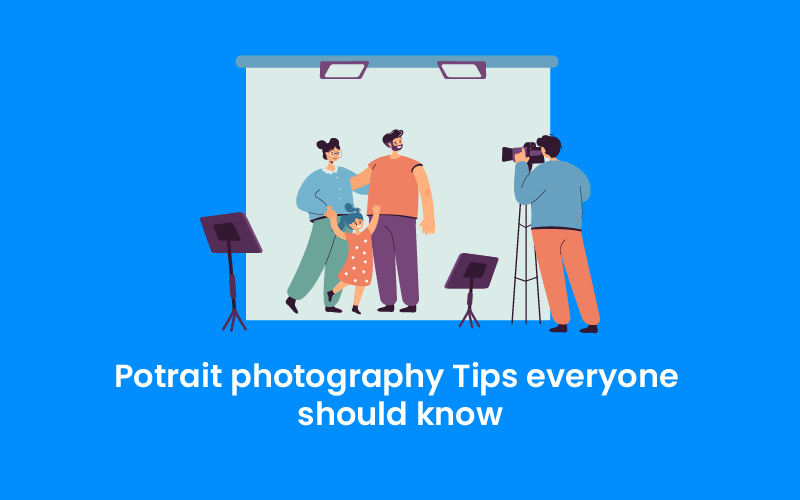We use cookies to make your experience better. To comply with the new e-Privacy directive, we need to ask for your consent to set the cookies. Learn more.
What Should You Look For When Choosing A Photography Backdrop?

In the picture studio, photography backgrounds are miracle workers. As a result, whether you're photographing things or people, you won't be able to do so without a backdrop. However, because backgrounds come in a variety of shapes, sizes, and patterns, picking which one to use for each photograph may be difficult. This is due to the fact that you must examine numerous elements such as their patterns, colors, and tone, among others. Whatever you choose must complement your model's dress and convey the message you want to send.
As a result, as a photographer, you must be able to distinguish diverse backdrops and select which one is best for each assignment. This instinct may not come easy to you at first. You would, however, become adept at selecting backgrounds over time. In this article, we'll discuss the importance of photography backgrounds and how to choose one. So keep reading.
List of Types of Photographic Backgrounds:
- Detailed Natural Background
- Background with a haze
- Background with different colors
- Backdrop Dimensions
- Look at the colors
- Excessive props should be avoided
- Lighting that is appropriate
Understanding The Different Types Of Photographic Backgrounds
First and foremost, you must ask yourself, "What story do I want to convey with this photo?" before beginning your session. You can interact with your model to gain a few hints to help you answer this question. Once you've figured out the solution, it'll be simple to choose a background that will help you tell the narrative. Fabric, seamless paper, and brick backgrounds are examples of diverse types and materials for photography backdrops.
The followings are some types,
Detailed Neutral Backdrop
When it comes to portrait photography, photographers may achieve a natural look. This may be accomplished using a seamless paper or muslin backdrop.

Background with a haze
Sometimes blurring the backdrop items is the best option; this produces a lovely contrast that complements your model. This is a typical technique for close-up portrait photography. It's also perfect for shooting on location.
Background with different colors
You may make a white background with smooth paper, cotton, or any other white-background material in one of three methods. You may also use a black backdrop to give your images a professional look. Finally, solid color backdrops may give your photos a timeless look. They're popular for family photographs since they highlight each family member's individuality

Backdrop Dimensions
Photo backgrounds are available in a variety of sizes. As a result, the size of the background you employ is an important consideration. The size of your subject, for example, should be proportionate to the size of the backdrop. Remember to keep your subject around 3 feet away from the backdrop. Shadows would be eliminated, and lighting would be more effective.
Look at the colors
The color of your model's attire is an important consideration. The color of their skin is also important. Take a close look at these to help you choose colors that will complement them while keeping the attention on them rather than away from them. A model wearing white clothing, for example, cannot be photographed on a white background. You've completely lost them.

Excessive props should be avoided
Your background has a way of drawing attention to everything in the foreground. As a result, while employing props to communicate your model's narrative, make sure the attention does not change to the props. You should stay away from crowded backdrops with strobes and props. The idea is to keep things basic while still being inventive.

Lighting that is appropriate
Poor lighting is one thing that may derail all of your studio efforts. If this is the case, viewers are unlikely to interpret your image correctly, since you will most likely obtain blurred pictures instead of blurred backgrounds if that is your goal. Also, bear in mind that your lighting should not be too bright, since this can wash out your backdrop and distort it. As a result, you'll need to understand how to use lighting and adjust the temperature appropriately.
Conclusion
Backdrops are a must-have item in any photography studio. They give the images a beautiful finish and allow us to see the fruits of our labor. However, if we do not know how to use them properly, we may not get the desired outcomes.



